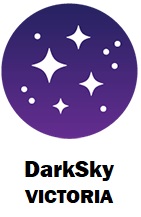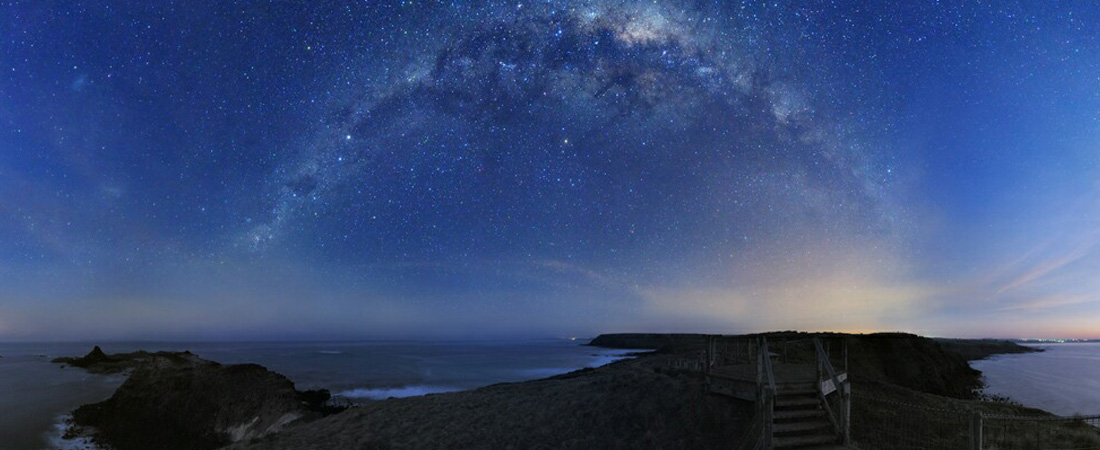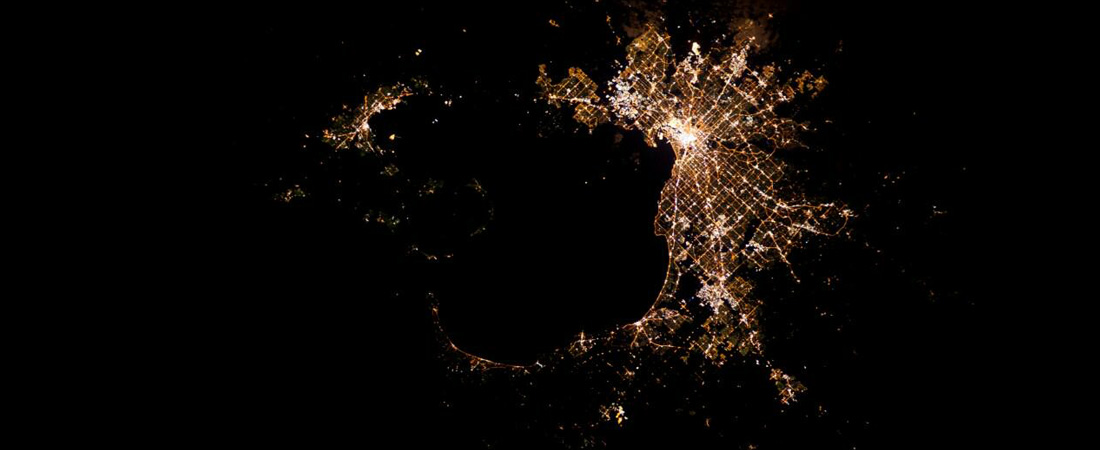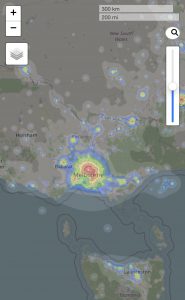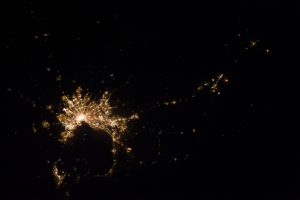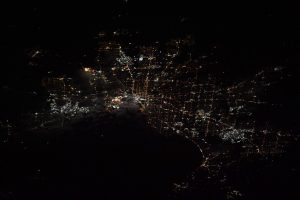IDSW Events
2nd – 8th April
2024
Contribute to the Data for the Quality of our Night Sky where ever you are.
___________________
___________________
Welcome to DarkSky Victoria Australia a Chapter of DarkSky International
International DarkSkyWeek (IDSW) 2nd – 8th April 2024
A worldwide celebration of the dark and natural night.
For many, the dark night is often misunderstood, unfamiliar, and frightening. But the natural night is filled with wonder and awe, and is critical to the health and wellbeing of our planet.
Join us as we discover the night together and learn about the harmful effects of light pollution and what we can do to embrace the dark and save the night.
AU IDSW EVENTS
*BALLARAT In person,and online for anywhere on the planet Book now!
Why do migratory birds need a darksky? viewing of the Night Sky afterwards
This event has a Zoom option so that anyone can participate, follow the link for more events.
* Globe a Night activity over the IDSW and more information for IDSW will be added soon, but you can participate any month.
Your home or business could become involved by showcasing smart lighting which which can be turned off when not in use, 100% cut off lamps so that no lighting goes up where it is not needed. Low temperature light fixtures inside homes and business which are better for human health, reducing light escaping from windows at night, to reduce light trespass, a major problem in built up areas.
* CARRICKALINGA SA is in the process of working towards DarkSky Community Accreditation
Book now!
_______________________________________________
What can you do locally towards reducing light pollution?
Dr Russell Cockman, Past President IDA Vic, has provided an excellent presentation for anyone who would like to learn more about why we need to reduce light pollution.
Preserving the Night Presentation
________________________________________________________
Globe at Night
Help to Chart how Light pollution changes over the years, your input is vital to collect as many readings as possible over a large area.
Every February you can make a contribution to our local Data. (or at other times of the Year as listed)
Southern Constellations
https://www.globeatnight.org/
The main aim of IDAVic is to maintain the beauty of the night sky for generations to come and to support good lighting fixtures which are also environmentally friendly.
A current very important issue is that a number of Victorian Councils are upgrading to energy efficient lighting.
Melbourne ISS NASA 2013 8 15 This image was taken before 4000K LED lights were rolled out.
Melbourne at night taken by Jessica Meir ISS NASA 2020 2 7 shows 4000K LED installations in place. The above 2 images are on different scales.
IDA Vic support LED’s which are 3000K or less, preferably 2700K.
Latest News from IDAVic
Day and night light exposure are associated with psychiatric disorders: an objective light study in >85,000 people
https://www.nature.com/articles/s44220-023-00135-8 READ MORE
Airey’s Inlet Dark Sky
AIDA’s Dark Sky Event Saturday September 16.Get your tickets to join in this celebration of our night sky and find out more about why we need to protect it from light pollution. Darksky... READ MORE
IAUS385 Symposium
IAU Symposium 385 will focus on Astronomy and Satellite Constellations: Pathways Forward. It will take place in La Palma, Canary Islands (Spain), on 2-6 October 2023. Registration for online attendance is open until... READ MORE
Light pollution is skyrocketing
Data from citizen scientists reveal a worrying growth in light pollution over the past decade Light pollution is skyrocketing | Science Artificial lighting at night is contributing to a rapid increase in light... READ MORE
